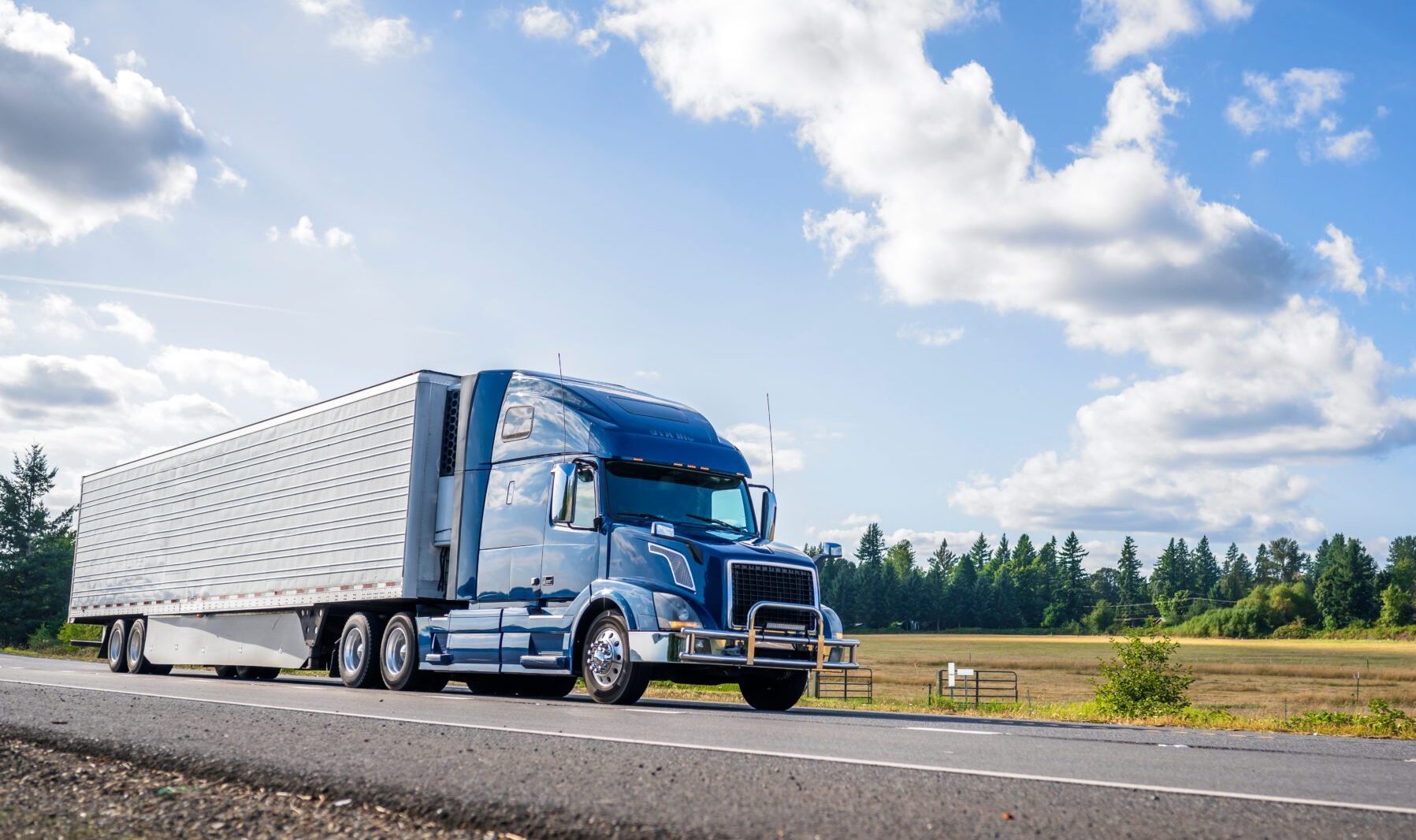Lighten the Truckers’ Load

Trucking has been all over the news, from the Freedom Convoy in Canada to the backlog of truckers at major American ports. That’s no surprise, since the trucking industry has been at the center of the supply-chain crisis spawned by Covid-19. But long before the virus was unleashed, the trucking business in North America was facing various challenges—many of which have been exacerbated by the pandemic.
Some of the industry’s problems are regulatory in nature and could have been solved long ago if the state would get out of the way. For example, some truckers have considered leaving the industry in response to the electronic logging device mandate. The mandate, which requires all qualified commercial vehicles to install a government tracking device, was instituted during the Trump administration under Transportation Secretary Elaine Chao. Since many truckers essentially live in their trucks, forcing them to sacrifice the privacy the rest of us take for granted has contributed to some drivers leaving the industry.
Another area where regulation hampers the U.S. trucking fleet is the restrictive weight limits placed on most trucks. With some exceptions, the U.S.’s standard 80,000-pound tractor-trailer unit is relatively inefficient when compared to other countries. If trailer carrier capacity were expanded and states made greater use of “turnpike doubles,” the U.S. transport system would be more efficient and offer truck operators higher rates. Most Western economies with road systems comparable to the U.S. allow their trucks to carry substantially more weight, giving those economies a competitive advantage and the ability to pay drivers higher wages.
Other problems in the industry are the result of predatory corporate practices. While the trucking industry’s media and lobbyist mouthpieces like to say there has been a decades-long shortage of qualified truck drivers for complicated reasons, the real problem is simple: Large legacy carriers refuse to do what it takes to retain experienced drivers, namely, improve driver compensation and working conditions.
The only reason the trucking industry is able to survive with such high turnover rates is a multi-layered corporate-welfare complex that props up the industry. Here’s how it works: The state subsidizes new-driver training. Those new drivers keep the trucks moving, but they cause a number of downstream effects: wage suppression for the rest of the truckers, spikes in accidents and resulting regulatory programs, and experienced drivers to consider other career paths as a response to those regulatory burdens. It’s a self-licking ice cream cone, funded by state and local jobs-program grants, direct subsidies to truck-driving schools, and federal money.
Treating truckers poorly has economic consequences. Most of us truckers have learned to accept the fact that our time will be wasted at distribution centers, that we will work unpaid days waiting for staff to unload our trucks by hand, forklift, or robotically operated belt-feed system. The reason so much time is wasted is because there is no official cost attached to it, and the real cost is passed down from facility operators to trucking companies and ultimately the drivers themselves. Unless and until some value is placed on drivers’ time, and some consideration given to the capacity cost to the system of all of the wasted time, supply-chain bottlenecks will continue.
The increase in price of trucks and trailers is another factor contributing to the bottleneck. It also serves as a barrier to entry for new firms and poses an ongoing concern to existing operators in the market. One cause of soaring input costs is the long list of government-mandated technologies imposed on manufacturers, especially emission-control systems for engines. We should be looking for systemic and capacity efficiencies to increase the fuel economy of the U.S. trucking fleet rather than forcing these costly systems on truck owners.
How costly are these systems? Diesel exhaust aftertreatment systems and the technology that controls them are very expensive, and frequently break down—a local truck dealer told me that maintaining and repairing these systems is now 75 percent of his total business. Just like the automotive market, the commercial truck market is currently experiencing major delays in their delivery of new trucks to customers. With prices on the rise, there is no end in sight to the parts shortages and delays we’re seeing across the industry.
Many of the above issues are related to each other—the government is seeking to mandate ever-more-complex crash-avoidance and lane-control systems, which are very expensive to build into a truck, and are meant to prevent accidents, which are mostly caused by inexperienced drivers, who are employed as a result of a driver-retention problems, caused, in part, by state subsidies.
Untangling this Gordian knot of regulatory, subsidy, and economic issues seems a daunting task, like navigating an 18-wheeler along the Cross Bronx Expressway. After all, there’s an entire caste of email-job regulators and administrators who would resist paring any of this back. We can imagine the furious howls that would come from the usual suspects. But from the perspective of a driver with 25 years of experience on the road, the economy is not going to produce more of me if the status quo carries on. In fact, it will be the opposite.
This article was supported by the Ewing Marion Kauffman Foundation. The contents of this publication are solely the responsibility of the authors.